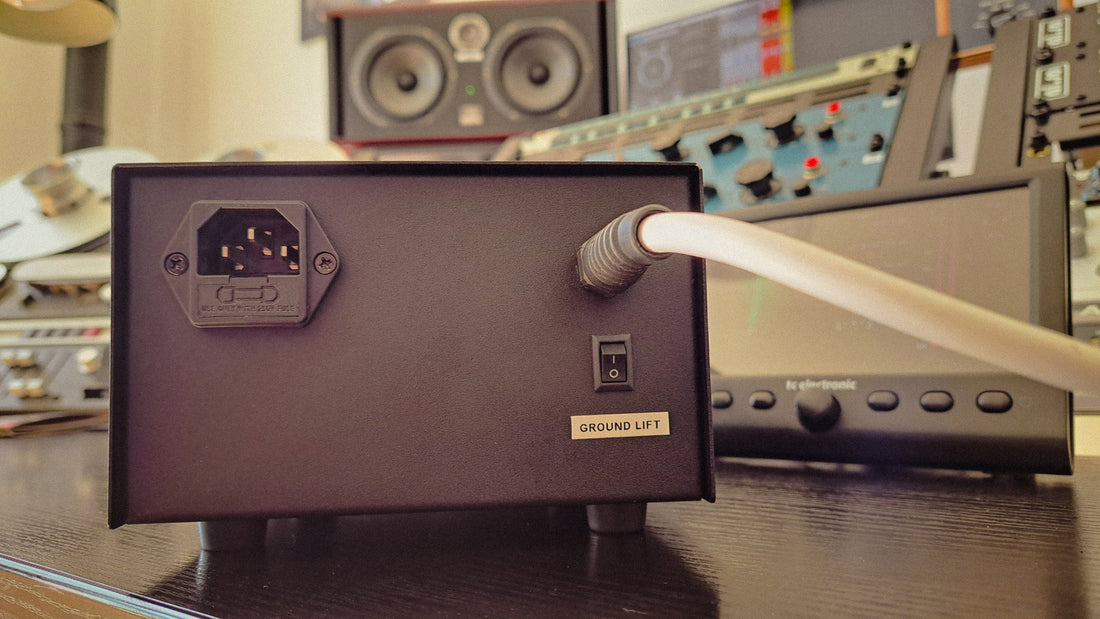If you've ever set foot in a recording studio or have dabbled in music production, you may have come across a device called a ground/lift switcher. This unassuming little switch can play a significant role in ensuring the quality of your audio recordings and protecting your equipment from potential damage caused by grounding loops. So, let's dive into the world of ground/lift switchers and grounding loops in studio recording equipment.
Firstly, what exactly is a ground/lift switcher? In simple terms, it is a switch found on various audio devices, such as mixers, preamps, and DI boxes, that allows you to toggle between two different grounding options: "grounded" or "lifted." When the switch is set to "grounded," the audio device is connected to the electrical ground, which is essential for safety reasons and proper functioning. However, when switched to "lifted," the device disconnects from the ground, breaking any potential ground loops that may be present.
Now, what are these notorious grounding loops? A grounding loop occurs when there are multiple paths to ground in an audio system, resulting in unwanted electrical currents flowing through the system. These loops can introduce hums, buzzes, or other unwanted noises into your recordings, degrading the audio quality. Grounding loops commonly occur when you connect multiple pieces of equipment together, especially if they are powered from different electrical outlets or have different grounding schemes.
The ground/lift switcher comes to the rescue by providing a simple solution to break these loops. By lifting the ground connection on one of the interconnected devices, you eliminate the possibility of current flowing through multiple paths. This helps reduce or completely eliminate the unwanted noise caused by grounding loops.
However, it's essential to understand that using the ground/lift switcher should be done with caution. While it can solve many issues related to grounding loops, it is not a magical fix for all audio problems. In some cases, lifting the ground may introduce other issues, such as increased susceptibility to electrical interference or even compromising safety measures. Therefore, it's crucial to use this switch judiciously and only when necessary.
To avoid potential problems, it's advisable to follow some best practices when dealing with grounding and studio equipment. Firstly, ensure that all your equipment is properly grounded according to the manufacturer's instructions. Use high-quality cables and connectors that are designed to minimize interference and maintain proper grounding. Additionally, try to power all your gear from the same electrical circuit or use power conditioners and surge protectors to minimize the chances of ground loops occurring.
In conclusion, ground/lift switchers are valuable tools in the world of studio recording equipment, especially in preamplifiers, mixers, and DI boxes. They provide a quick and effective solution to address grounding loops, which can plague audio systems with unwanted noise. However, it's important to understand their limitations and use them responsibly. By following proper grounding practices and being mindful of potential issues, you can ensure a clean and noise-free recording environment for your music production endeavors.
